October 17, 2024
Can Dogs Eat Fish?
By Chippin Time

Can Dogs Eat Fish?
Have you ever wondered, can dogs eat fish? Dog owners are always looking for ways to ensure their furry friends get the best nutrition possible.
One question that often comes up is whether dogs can eat fish. While some people think fish is a great source of protein and omega-3 fatty acids, others worry about bones, parasites, and allergies.
This blog will explore everything you need to know about feeding fish to your dog, from the nutritional benefits to the potential risks, and how to safely incorporate it into their diet.
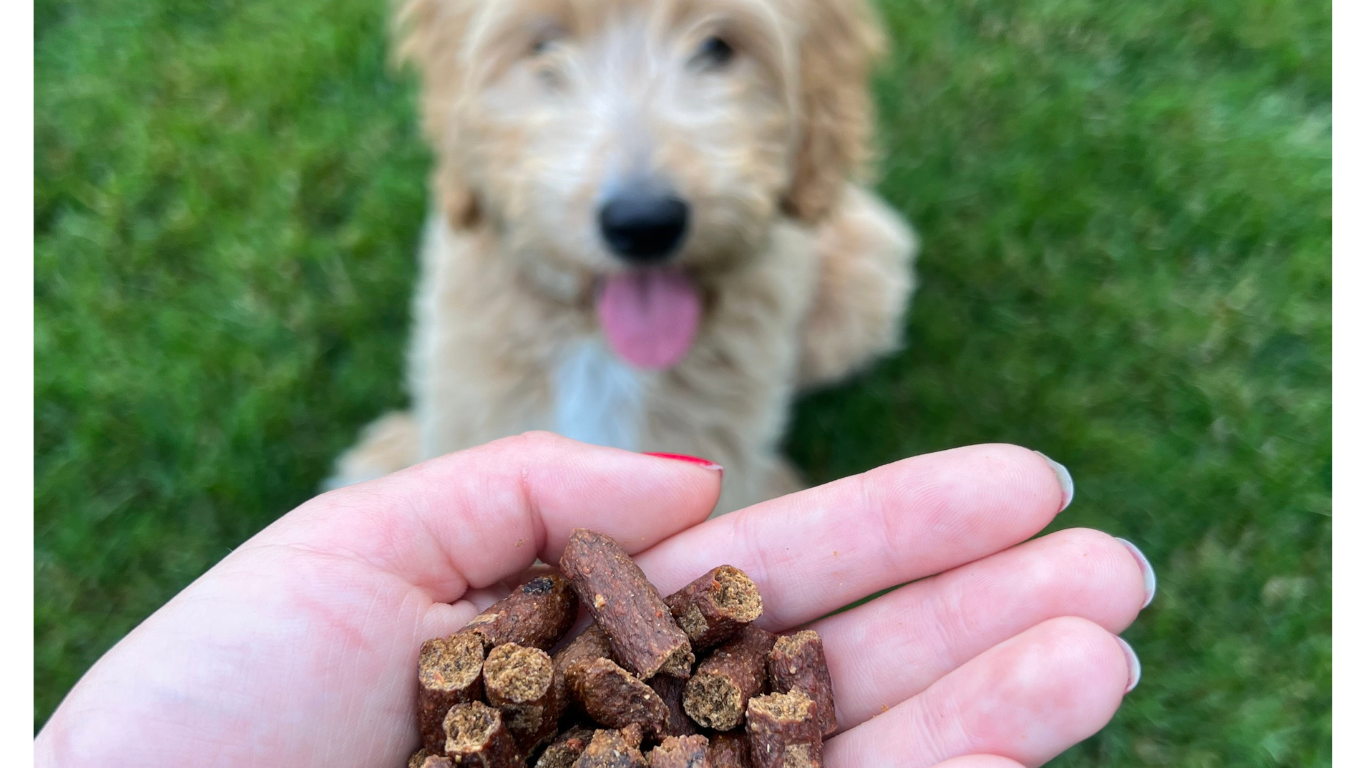
Can Dogs Eat Fish? Understanding the Nutritional Benefits and Risks
Fish can be a fantastic addition to a dog's diet, offering a rich source of essential nutrients that contribute to overall health and well-being.
However, it is important for dog owners to be aware of the potential risks associated with feeding fish to their canine companions. Understanding both the benefits and the dangers will help you make informed decisions about incorporating fish into your dog's meals.
In this section, we will delve deeper into the nutritional advantages of fish while also highlighting the precautions you should take to ensure a safe and balanced diet for your dog.
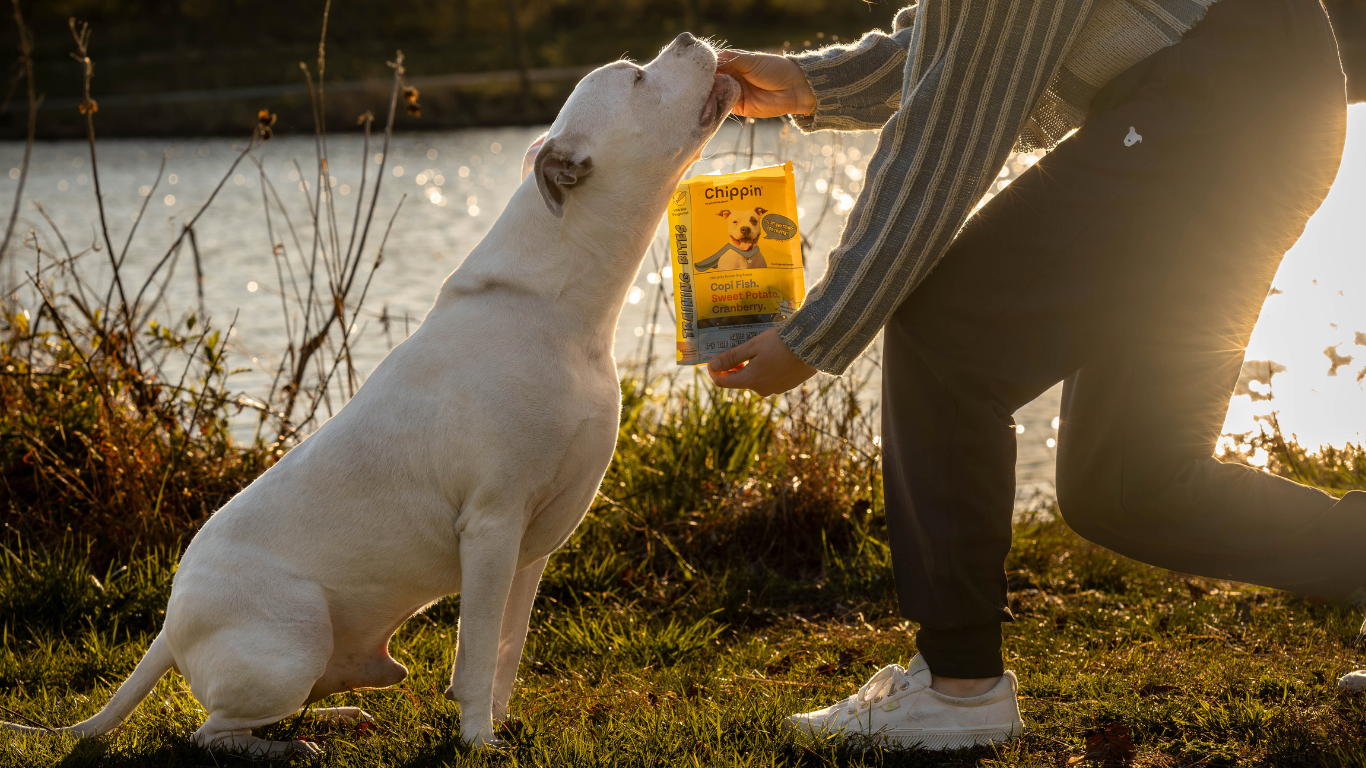
The Nutritional Value of Fish in a Dog's Diet
Fish can be an excellent addition to your dog's diet. It's rich in omega-3 fatty acids, which are crucial for healthy skin and coat. For dogs to safely eat fish, the fish should be considered "human foods" safe.
These fatty acids also support joint health and reduce inflammation. Additionally, fish is a good source of high-quality protein, vitamins, and minerals such as vitamin D, B vitamins, and selenium. Including eating fish in your dog's diet can contribute to overall well-being and vitality. Just remember frozen fish sticks aren't a good occasional treat!
Potential Risks Associated with Feeding Fish to Dogs
While fish offers numerous health benefits, it's essential to be aware of the potential risks. One significant concern is fish bones, which can be a choking hazard or cause internal injuries. Fish skin should also be given a specific way.
Parasites and harmful bacteria are other risks, especially in raw fish. Allergies are another consideration, as some dogs may react adversely to certain types of fish. Always consult with a veterinarian before introducing fish to your dog's diet to ensure it's safe for them.
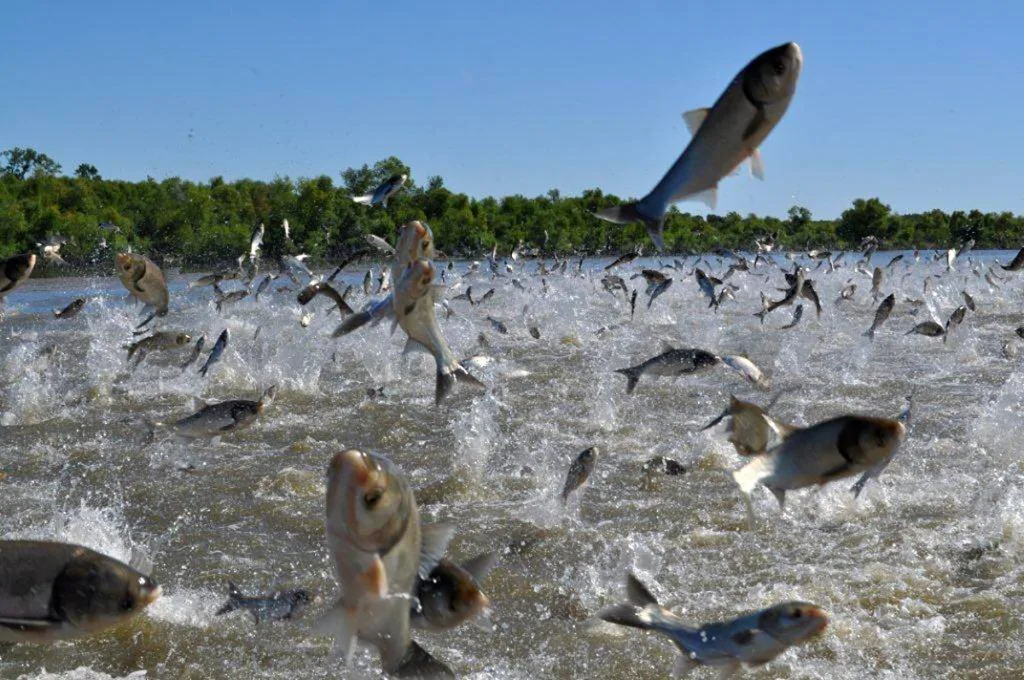
Types of Fish Dogs Can Eat Safely
Choosing the right types of fish is crucial when adding it to your dog's diet. Not all fish are created equal when it comes to nutrition and safety for dogs. Some fish are more beneficial due to lower mercury levels and higher nutritional content, while others might pose greater risks.
In this section, we will introduce you to various types of fish that are considered safe and healthy for dogs, ensuring your furry friend receives the nutritional benefits without the drawbacks.
Safe Fish Options
Not all fish are suitable for dogs. A safe option is Silver carp (otherwise known as Silver Copi). These fish are generally low in mercury and high in nutrients.
When feeding fish to your dog, opt for wild-caught rather than farm-raised to avoid potential contaminants. Make sure the fish is properly cooked and deboned to eliminate any risk of harm.
Can Dogs Eat Raw Fish?
While fish can be a healthy addition to your dog's diet, raw fish for dogs is generally not recommended for several reasons.
One significant concern with feeding dogs raw fish is the potential presence of harmful bacteria such as Salmonella or parasites like tapeworms, which can pose serious health risks to your pet. Additionally, certain types of fresh fish contain thiaminase, an enzyme that can break down thiamine (Vitamin B1) and lead to a deficiency in dogs if consumed in large quantities over time.
To mitigate these risks, it is crucial to cook fish properly, ensuring any harmful microbes or enzymes are neutralized. Always consult with a veterinarian before introducing raw fish or any significant dietary changes to ensure it aligns with your dog's health needs.
Fish That Dogs Should NOT Eat
While many fish options can be a healthy addition to your dog's diet, some types are potentially harmful and should be avoided. Fish high in heavy metals, such as mercury, can be toxic to dogs. Species like tuna, shark, king mackerel, and swordfish can accumulate high levels of mercury in their tissues, posing a risk of mercury poisoning if consumed in significant amounts.
Additionally, fish bones, especially in larger species, can present a choking hazard or cause internal injuries if ingested. Besides these concerns, raw fish varieties that contain high levels of thiaminase, should be avoided as they can lead to vitamin B1 deficiency.
It's vital to carefully select the type of fish and always prepare it safely to ensure your dog's diet remains balanced and nutritious.

How to Safely Feed Fish to Your Dog
Introducing fish into your dog's diet requires careful preparation and attention to detail to ensure your pet reaps the benefits without encountering any health issues.
Properly handling and preparing fish is critical to avoiding potential hazards such as bones, parasites, and harmful seasonings.
In the upcoming sections, we will guide you through the best practices for preparing fish, including tips on portion sizes, cooking methods, and frequency of feeding, so you can confidently serve this nutritious protein source to your beloved canine companion.
Preparing Your Dog Fish
When preparing fish for your dog, cooking methods are crucial. Steaming, baking, or grilling fish without added oils, seasonings, or spices are the safest options.
Avoid frying as it introduces too much oil, which can upset your dog's stomach. Always ensure the fish is fully cooked to kill any parasites or bacteria.
Portion Control and Frequency
While fish can be a healthy addition to your dog's diet, it should be given in moderation. Too much fish can lead to an imbalance in nutrients. Canned fish, such as canned salmon or canned sardines shouldn't be given to your furry friends.
A general guideline is to offer fish as an occasional treat rather than a regular meal in your pet's diet. Consult with your veterinarian to determine the appropriate portion size and frequency based on your dog's specific needs.
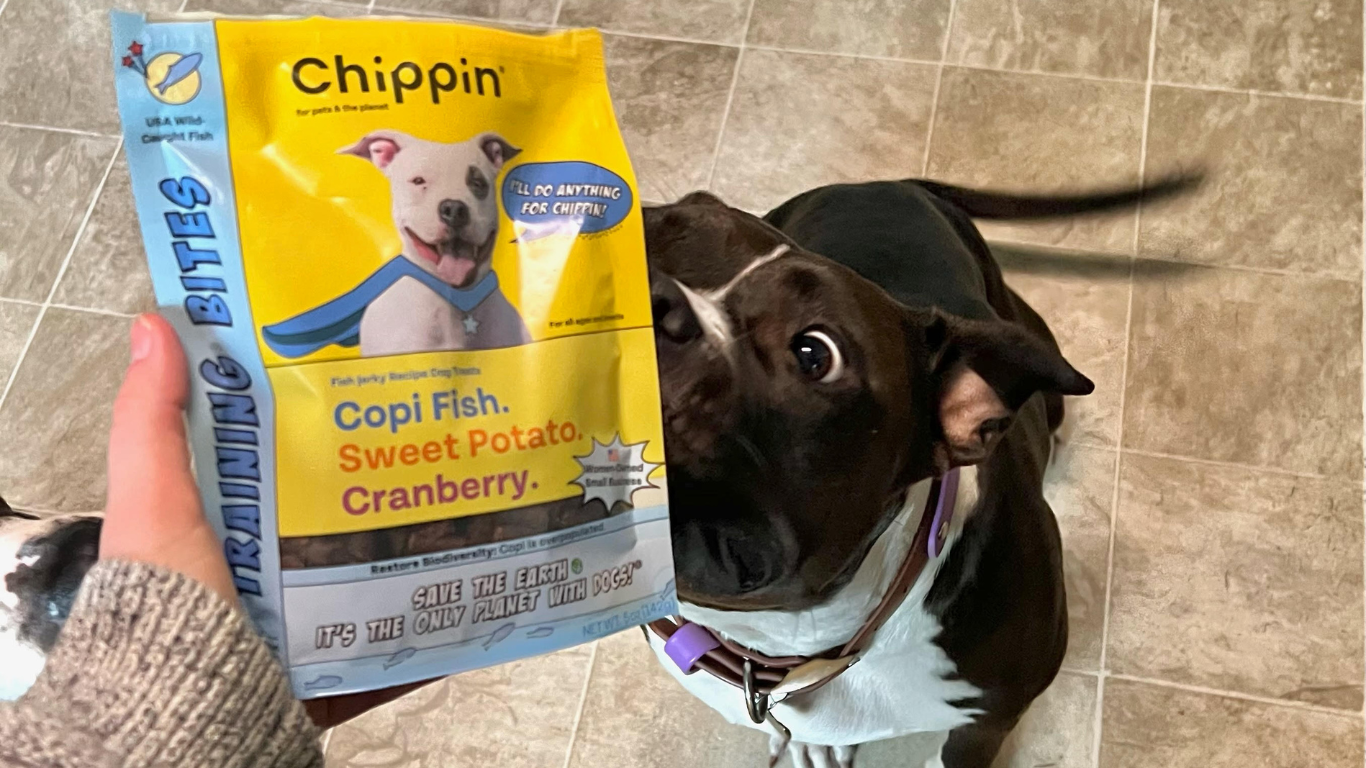
Fish in Commercial Dog Foods
Many dog food brands now feature fish-based formulas or offer fish as a primary protein source, aiming to provide a balanced diet rich in omega-3 fatty acids and high-quality proteins.
How Fish is Incorporated into Commercial Dog Foods
Many commercial dog foods now include fish as a primary ingredient due to its nutritional benefits. These foods are formulated to provide a balanced diet and usually contain a mix of fish and other essential nutrients.
When choosing a commercial dog food, look for high-quality brands that list fish as a main ingredient and avoid those with fillers or artificial additives. Cooked fish can be great for your dog, but keep in mind that some commercial dog foods can have adverse reactions, cause health problems, cause an allergic reaction, or have harmful preservatives that can affect your furry friends' digestive tract and immune system.
When considering commercial dog foods it's vital to make sure to keep your dog safe and consider everything included in said dog food.
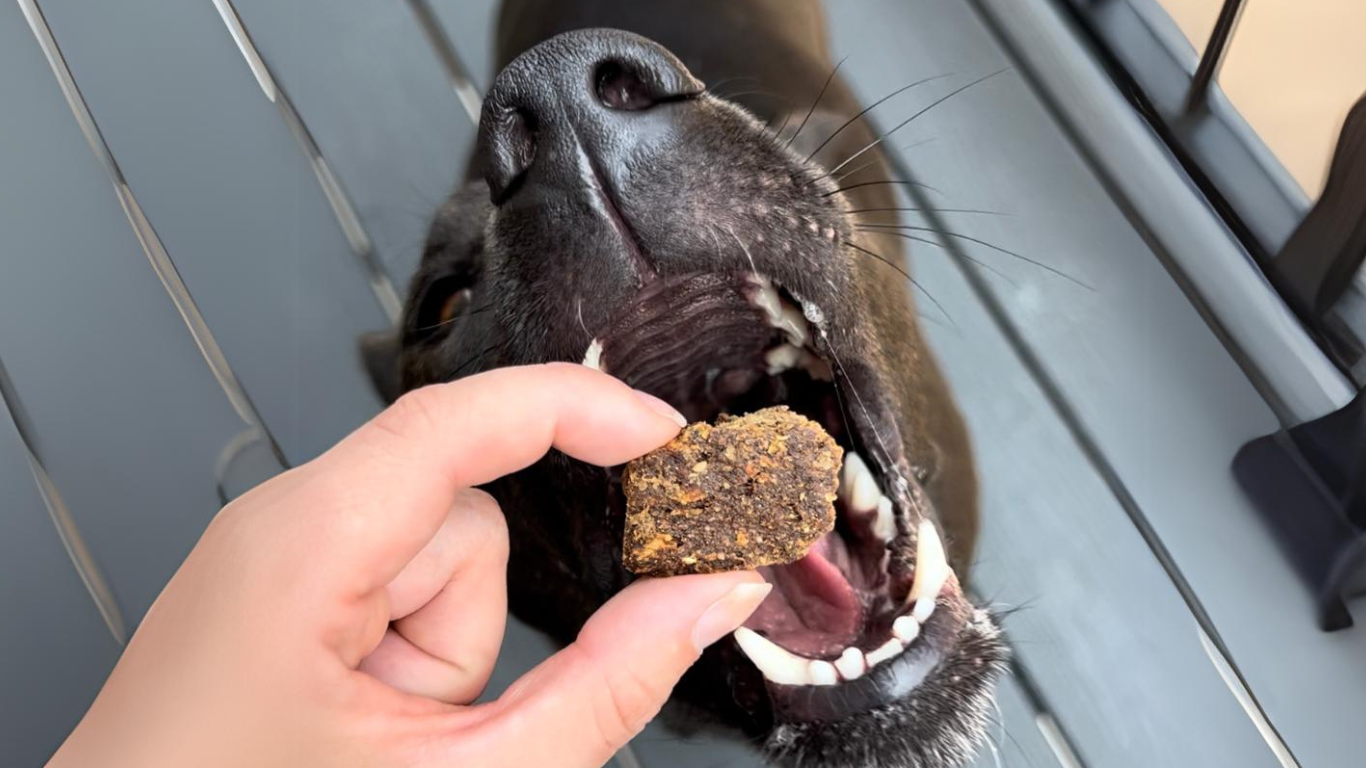
Choosing the Right Food for Your Dog
Selecting the right commercial dog food involves checking labels and understanding ingredient lists. Look for foods that specify the type of fish used and ensure it's a high-quality source.
Foods that include additional omega-3 supplements can be particularly beneficial.
Expert Opinions and Guidelines
Navigating the complexities of feeding fish to dogs can be simplified with insights from veterinarians and animal nutrition experts. Their guidance can help pet owners make informed decisions that align with their dog's health and dietary needs.
In this section, we will explore expert opinions and guidelines on incorporating fish into a dog's diet, including dos and don'ts, potential health benefits, and overall considerations.
Dos and Don'ts
These include cooking fish thoroughly to eliminate any harmful bacteria or parasites, avoiding heavily processed or seasoned fish, opting for wild-caught rather than farm-raised varieties, and introducing fish gradually into your dog's diet. A home-cooked diet can also be beneficial, but make sure you know specifically what types of fish your dog can eat.

Potential Health Benefits of Feeding Fish to Dogs
Experts agree that incorporating small amounts of fish into a dog's diet can provide numerous health benefits.
The omega-3 fatty acids found in fish can aid in skin and coat health, joint function, and brain development. Additionally, the high-quality protein in fish can support muscle growth and maintenance.
Insights from AVMA Guidelines
The American Veterinary Medical Association (AVMA) provides guidelines on feeding pets, including the inclusion of fish in their diet.
According to the AVMA, fish can be part of a balanced diet if prepared and handled correctly. They emphasize the importance of avoiding feeding dog raw fish due to the risk that they harbor parasites, cam cause heavy metal toxicity and bacteria. Also, consider food allergies when considering your dog's food and how much fish can dogs eat depends on how many essential fatty acids they need to be added to their healthy diet.

Veterinary Nutritionist Opinions
Dr. Beth Hamper, a renowned veterinary nutritionist, states, "Fish provides excellent protein quality and digestibility, making it a valuable addition to a dog's diet." However, she also advises caution regarding portion sizes and preparation methods to ensure safety in dog nutrition.
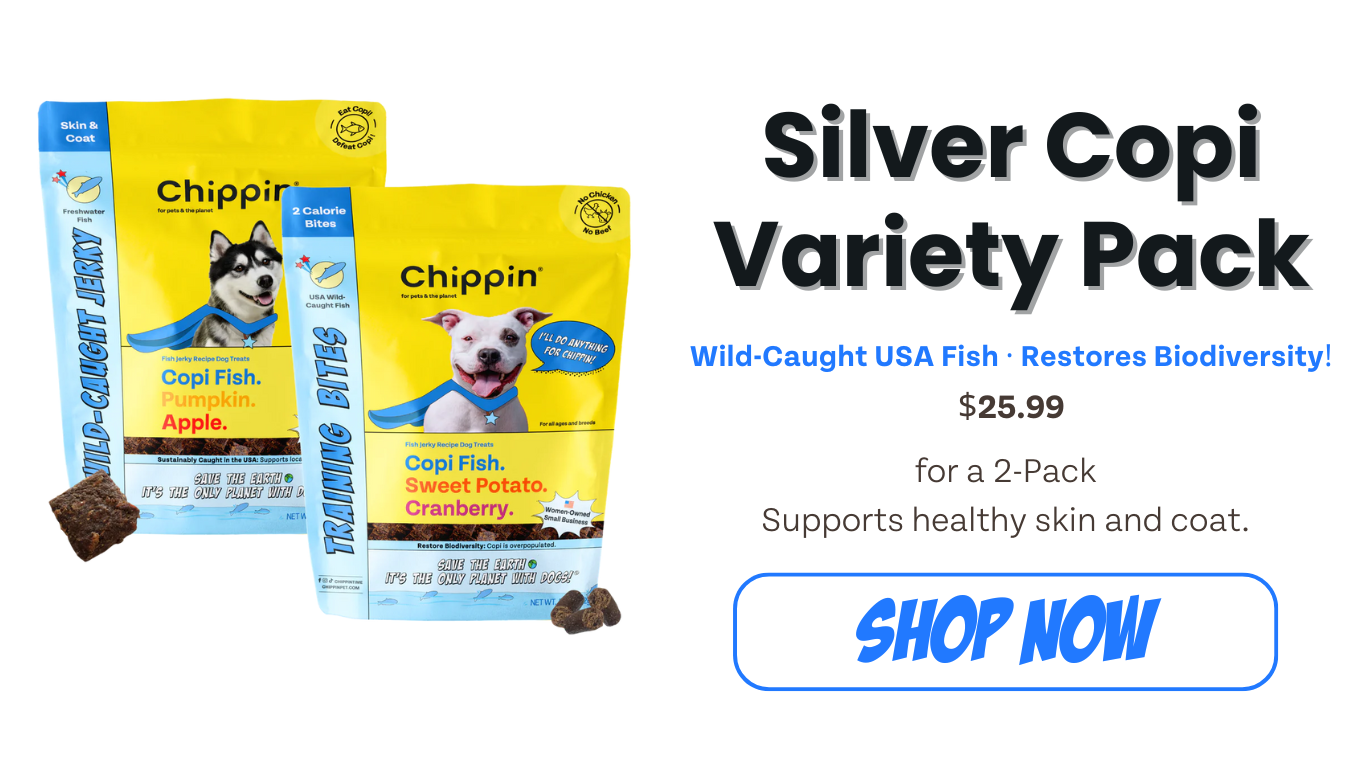
Why Chippin is the Best for Giving Your Dogs Fish Snacks
Chippin has emerged as a leading brand for eco-friendly and nutritious dog treats, particularly known for its fish-based snacks. The brand prioritizes sustainability by using wild-caught fish, specifically an overpopulated species found in the U.S. called Silver carp.
Chippin snacks are crafted with the utmost care, focusing on the health and well-being of dogs. Their fish treats are rich in omega-3 fatty acids, which promote healthy skin, a shiny coat, and boosted cognitive function, aligning with veterinarian recommendations for a balanced dog diet.
Eco-benefits of Chippin treats
Chippin uses certified plastic neutral packaging made from post-consumer recycled materials, reducing waste and promoting an eco-friendly approach to pet treats. Chippin is dedicated to providing wholesome, nutritious treats for your furry friend while making a positive impact on the environment.
By choosing Chippin, you are not only nourishing your dog's health, but also supporting pets and the planet.

What is Silver Carp?
Silver carp is a human-grade fish that's rich in omega-3s, easy to digest and improves skin and coat health. These fish are an invasive species in the U.S. Great Lakes, and are densely overpopulated.
By feeding your dog sustainable Silver carp treats, you help to restore biodiversity in our oceans while providing a tasty, high-quality protein source.
Incorporate Silver carp into your dog's diet with treats like Chippin's Wild-Caught Fish Jerky, Training Bites, and Celebration Sticks.

Conclusion
Fish can be a nutritious addition to your dog's diet when prepared and fed correctly. It offers essential nutrients like omega-3 fatty acids, which promote healthy skin, coat, and overall well-being.
Encourage your friends and fellow dog owners to share their experiences with feeding fish to their dogs in the comments below. For personalized advice, consider consulting with Chippin's board-certified veterinary nutritionist.









